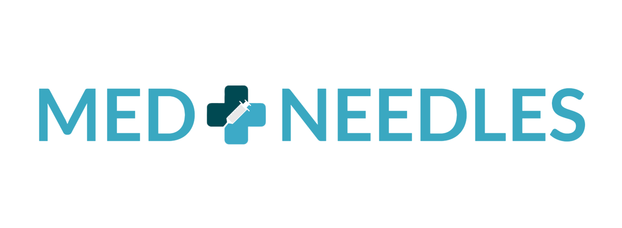
Advancements in Hypodermic Technology: Paving the Way for Better Patient Care
In the realm of medical equipment, hypodermic needles play an essential role in the administration of medications, vaccinations, and the collection of blood samples. Recent innovations in hypodermic technology not only aim to enhance patient comfort but also focus on increasing safety and promoting sustainability. These advancements are revolutionizing how healthcare professionals interact with these critical tools, ensuring better outcomes for patients and providers alike.
Pain-Free Needles: Comfort Comes First
One of the most significant breakthroughs in hypodermic needle technology is the development of pain-free needles. These needles are designed with patient comfort in mind, using micro-fine and polished surfaces that minimize tissue damage and discomfort. Techniques like micro-cannulas allow for a smoother insertion, reducing the pain associated with injections.
Several companies are exploring materials and shapes that mimic the mechanics of a mosquito’s proboscis, known for its painless piercing. By employing similar biomechanics, these needles aim to provide a less traumatic experience for patients, especially those requiring frequent injections, such as individuals with diabetes.
Safety Features: Protecting Health Care Professionals
The safety of healthcare professionals is paramount, and needlestick injuries are a persistent hazard. Modern hypodermic needles incorporate safety-engineered protection mechanisms, such as retractable needles, sheathing systems, and blunting technologies. These features help prevent accidental needlestick injuries that can lead to serious infections from bloodborne pathogens.
Retractable syringes, for instance, automatically withdraw the needle into the barrel after the injection is delivered, eliminating exposure to the used needle. This not only reduces the risk of needlestick injuries but also aids in proper disposal.
Sustainability in Needle Production: Eco-friendly Approaches
Environmental sustainability is becoming a crucial aspect of medical device manufacturing, including hypodermic needles. Innovations in materials and manufacturing processes aim to reduce the ecological footprint of these products. For example, some manufacturers are shifting towards using biodegradable plastics or reducing the use of harmful chemicals in the production process.
Recycling programs for medical-grade materials are also being developed to manage waste more effectively. These programs ensure that used needles and other sharps are collected safely and recycled into non-medical products, reducing the overall impact on landfills and the environment.
Looking Forward
The future of hypodermic technology appears promising, with ongoing research focused on improving the efficacy and acceptability of these essential tools. From pain management and safety to environmental impact, the advancements in hypodermic needle technology signify a leap towards more humane and sustainable healthcare practices.
As these technologies continue to evolve, they promise to enhance the overall experience for patients and healthcare providers, leading to safer, more effective medical care. For health care professionals and patients alike, staying informed about these innovations is key to maximizing their potential benefits.
